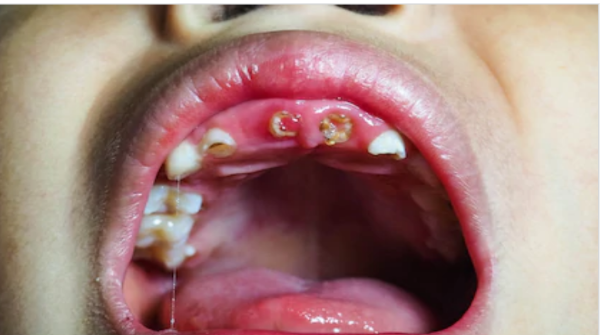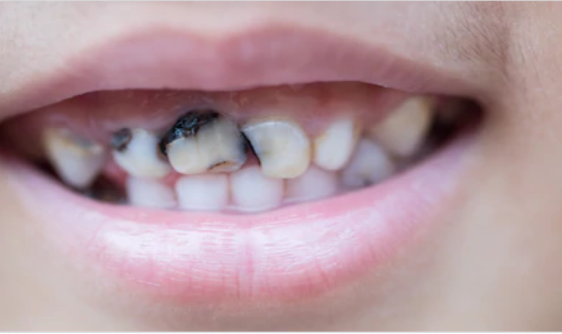Although the natural color of human teeth is yellowish white, lifestyle practices, dietary habits may make them change to brown, light brown, grey, or even black. Moreover, hard knocks on the teeth may also break them, leading to the ‘death’ of the teeth.
It’s possible to confuse a dead tooth with a decayed or discolored one. The difference between the two is that a numb tooth no longer gets blood supplies and supplements from the nerves attached to it. This leads to the development of deep cavities that cause pain.
Here are the seven things you should know about a dead tooth.
1. A Dead Tooth Lacks Nerve Cells
A tooth can be dead only when blood supply stops. But during the initial stages, the tooth can still function if a big part of it is still alive. The pulp is in the innermost part of the tooth that contains blood vessels and nerves. When the situation advances the never cells also die as the tooth stops functioning.
2. Dead Tooth Has No Blood Supply
Just like any other organ/body part that works most of the time, your teeth need steady blood flow to work well. When the blood supply stops, the nerve tissues and related tissues die. As a result, the pulp also dies. The dead pulp then decays producing harboring that feeds on decaying matter, they dig deep into the affected tooth, causing severe pain.
3. Tooth Decay Leads to A Dead Tooth
When cavities enlarge, tooth ‘death’ sets in. Usually, the damage begins from the external layer and will move to the inner layers gradually with time. When not checked on time, the cavities extend and affect sensitive tooth regions, and finally, the pulp. As the holes grow, they provide a direct path for the bacteria to reach the tooth’s active area.
4. Dead Tooth Does Not Cause Inflammation on Gums
When bacteria reach the active part in the tooth, the body’s defense system responds by sending white blood cells to the affected region. This will lead to the development of inflammation as the red blood cells attempt to fight the foreign agents, causing the decay.
If the white blood cells can’t fight off the bacteria, they will start to feed on the vital tissues. This, in turn, disrupts the regular blood flow, which leads to nerve starvation, which is always associated with excruciating toothaches.
5. Dental Trauma May Cause Tooth ‘Death’
Hard knocks on your tooth may lead to developing dental trauma. This is most common if the knock caused the internal blood vessels to burst. It also leads to disruptions in the regular blood flow, which may be followed by the death of deep-lying blood vessels and nerve tissues. Other possible causes of dental trauma are teeth grinding, and teeth clenching.
6. A Dead Tooth Will Fall Off If Not Taken Care Of
If you don’t control the bacterial infection of your teeth, it may extend from the affected tooth to your jawbone. When the bacteria feed on the muscles, it weakens the teeth, which may lead to falling off eventually.
7. Bad Smell from Your Mouth Can Be A Sign of a Dead Tooth
Unlike what most people think, pain and discoloration are not the only factors that identify a numb tooth. Other signs that you may observe with a dead tooth are lousy smell from the mouth or foul taste in the mouth.
Conclusion:
Having a dead tooth can be quite painful. Some of the major ways of handling the condition include root canal or extraction. However, it is important to know that both procedures are intensely painful and will need sedation dentistry to ease pain during the process. But to avoid these, always observe good dental practices and visit a dentist regularly.
References
https://www.healthline.com/health/dental-and-oral-health/dead-tooth
https://www.authoritydental.org/dead-tooth


